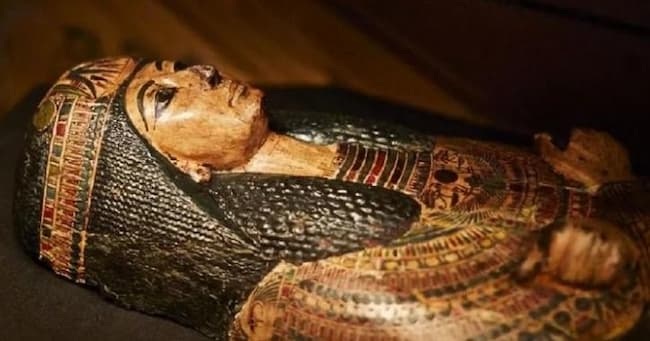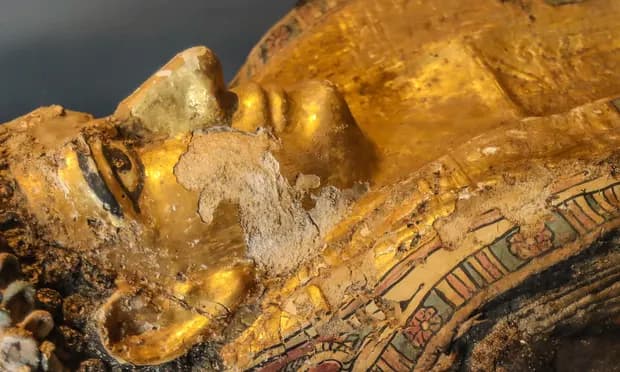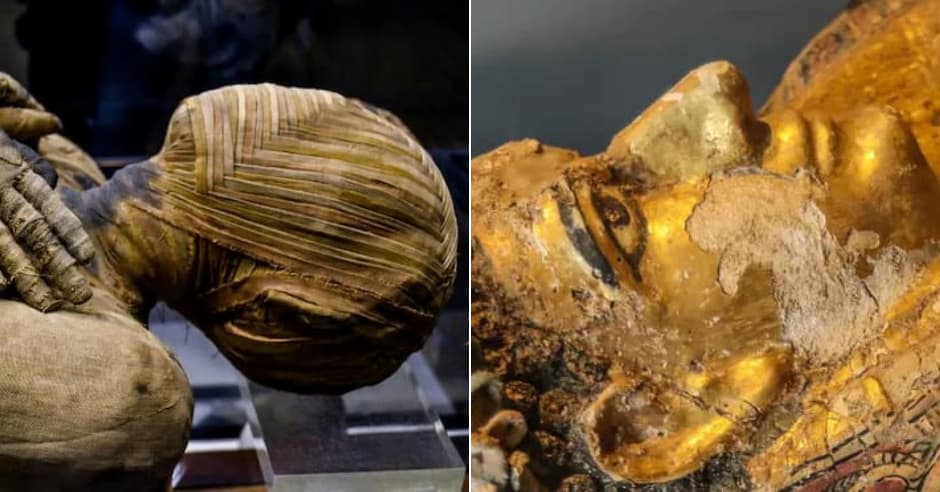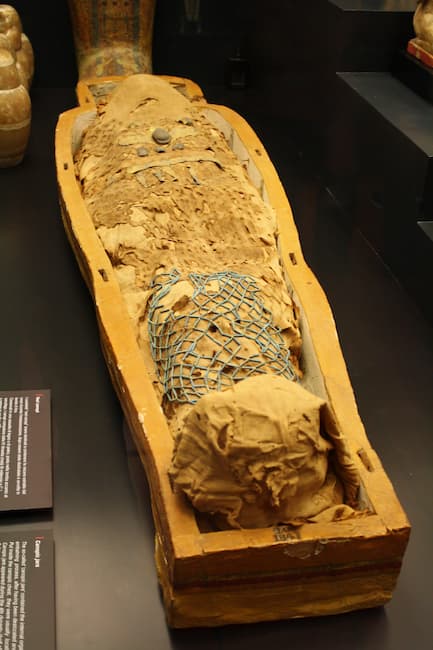The ancient practice of Egyptian mummification has fascinated and intrigued generations across the ages.

Shrouded in mystery and ritual, this elaborate process was undertaken with utmost precision to preserve the physical form of the deceased for the journey to the afterlife. Join us as we peel back the layers of time to explore the intricate art of Egyptian mummification.
Introduction: The Gateway to Immortality
In the heart of the ancient Egyptian belief system lay the conviction that death was not the end but a transition to another realm. To ensure a safe and prosperous journey to the afterlife, Egyptians devised the complex practice of mummification – a process of preserving the body, accompanied by an array of rituals and ceremonies.
The Ritual of Preservation: Mummification’s Purpose
Central to mummification was the preservation of the body, which Egyptians believed was essential for the soul’s continued existence. They believed that the soul, or “ka,” required the body to recognize itself and navigate the afterlife with ease. Thus, mummification aimed not just at earthly preservation, but at ensuring a smooth transition to immortality.
The Mummification Process: A Journey Through Time

- Purification: The process began with purification – cleansing the body with water and natron, a natural salt, to remove internal organs and excess moisture.
- Organ Removal: The internal organs were systematically removed, except for the heart, which was believed to hold the essence of the individual.
- Desiccation: The body was then covered in natron to facilitate desiccation – a process of drying that would prevent decomposition.
- Wrapping: Following desiccation, the body was carefully wrapped in layers of linen bandages, with amulets and charms placed between the layers for protection.
- Death Mask and Coffin: The body received a death mask and was placed in a decorated coffin, often nested within multiple coffins.
- Funerary Rituals: Throughout the process, priests performed rituals and incantations to ensure the soul’s safe passage.
Symbolism and Beliefs: Beyond the Physical
Mummification was not merely a technical procedure; it was infused with symbolism and spiritual significance. The elaborate rituals and care lavished upon the body were believed to uphold cosmic balance and sustain the soul’s journey to the afterlife.
Mummies as Time Capsules: Insights from the Past

The practice of mummification has gifted us a treasure trove of insights into ancient Egyptian life. Through the study of mummies, researchers have gleaned knowledge about health, diet, clothing, and even societal hierarchies of the time.
The Enduring Enigma: Mummies and Modern Science
Modern science has lent its tools to unraveling the mysteries held within mummies. Non-invasive techniques such as CT scans and chemical analysis have shed light on the lives of those long gone, offering a bridge between the past and the present.
Conclusion: A Journey Beyond Death

Egyptian mummification remains a testament to humanity’s quest for the eternal. The meticulous process, rich with symbolism and steeped in belief, is a reflection of the intricate relationship between life, death, and the beyond. As we gaze upon the serene faces of mummies, we are reminded of the enduring connection between the ancient and the contemporary – a bond forged by the timeless pursuit of understanding the enigma of mortality.

FAQs
FAQ 1: Who was eligible for mummification in ancient Egypt?
Mummification was not exclusive to royalty; individuals from various societal strata could undergo the process, although the level of elaboration varied.
FAQ 2: Why were the internal organs removed during mummification?
The removal of internal organs was necessary to prevent putrefaction and decay. The heart was left intact because it was considered the seat of wisdom and morality.
FAQ 3: What significance did amulets and charms hold in mummification?
Amulets and charms were placed between the linen bandages as protective talismans, intended to aid the deceased in their journey to the afterlife.
FAQ 4: Were animals also mummified in ancient Egypt?
Yes, animals were also mummified, often as offerings to deities. Cats, ibises, and falcons were among the most commonly mummified animals.
FAQ 5: How has modern technology contributed to our understanding of mummies?
Modern techniques such as CT scanning and chemical analysis have enabled researchers to study mummies without damaging them, providing insights into ancient health, lifestyle, and embalming techniques.

